|
A
Calculus Collection - Leibniz
Selections
from the 1684 volume of "Acta
Eruditorum."
Leibniz's paper
comprises pp. 467-473 and
Plate 12. This was the
first publication of the rules for finding a derivative.
The symbol for equality (=)
was not in common usage at that time. In the following rules
Leibniz used the Latin abbreviation "œqu" for "aequales" meaning the
modern (=) symbol and (--) for subtraction. Look for . . .
These images and links are taken from his original publication:
The Derivative
 Addition and Subtraction Addition and Subtraction

 Multiplication
Multiplication

 Division
Division

Full Page View
 Plate 12
Plate 12
 Page 467 Note the article is simply signed
"GGL." Page 467 Note the article is simply signed
"GGL."
Letter from Leibniz
to James Bernoulli
 Leibniz and
Geometry (1703) Leibniz and
Geometry (1703)
L'Hospital on Leibniz
 L'Hospital on
Leibniz: L'Hospital on
Leibniz:
"I must here in justice own, (as
Mr. Leibnitz (sic) himself
has done in Journal des Scavans
for August, 1694) that the learned Sir Isaac Newton likewise discovered
something like the Calculus
Differentialis, as
appears by his excellent Principia,
published first in the year 1687 which almost wholly depends upon the
use of the said Calculus.
But the method of Mr. Leibnitz's
is much more easy and expeditious, on account of the notation he uses,
not to mention the wonderful assistance it affords on many occasions."
|
 Marquis de l'Hôspital
Marquis de l'Hôspital
(1661 - 1704)
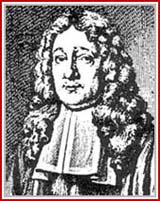
Johann van
Waveren Hudde
(1628 - 1704)
|
| Starting
with the study of tangents to curves, all of the men
represented on this web page made significant contributions to the
initial formulation of what today we call The Calculus. |
See the Acta Eruditorum of 1697.
|
|
|
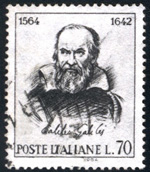
Galileo
Galilei
(1564-1642)
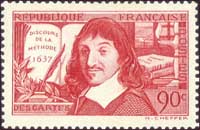
René Descartes
(1596 - 1650)

Pierre de Fermat
(1601 - 1665)
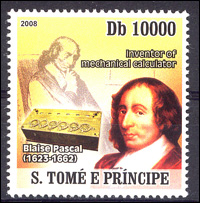
Blaise Pascal
(1623 - 1662)
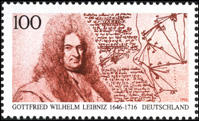
Leibniz
(1646 - 1716)
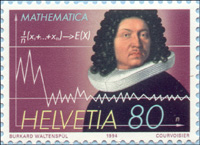
Jacob
Bernoulli
(1654 - 1705)
Editor of Acta Eruditorum
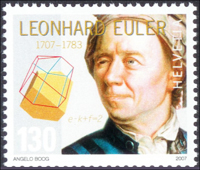
Leonhard Euler
(1707 - 1783)
|
|